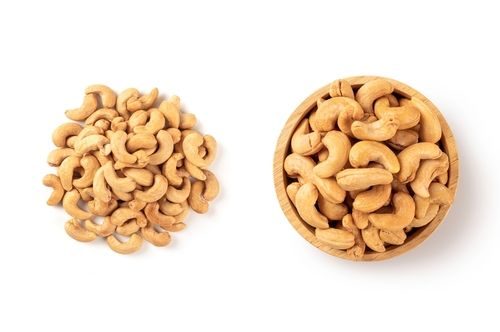
Decoding the Complexities of Fitness: The Ultimate Guide
- Dec 12, 2023
Optimum fitness, often associated with health, is linked to a lower risk of chronic diseases and promotes functionality and mobility throughout one's life. It also contributes to better mood, sharper concentration, and improved sleep patterns. Fitness isn't confined to a specific 'look' or form; a ballet dancer could be as fit as a bodybuilder or a sprinter or a gymnast.
The U.S. Department of Health and Human Services (HHS) defines five elements of fitness: cardiorespiratory fitness, musculoskeletal fitness, flexibility, balance, and speed. Fitness is not only about appearance but also about one's ability to perform daily tasks without wearying quickly. In realistic terms, it could be about carrying your groceries or running around with your kids without getting winded.
Regular exercise forms the foundation of fitness. It includes activities that raise your breathing and heart rate, strengthening your cardiorespiratory system as per the American Heart Association. Strength training, an essential part of every fitness program, improves mobility and overall functionality, especially as you age. Also, keeping your body mobile ensures healthy movement, but they are not synonymous. Flexibility refers to the stretchability of tendons, muscles, and ligaments, while mobility refers to the body's ability to move a joint through its full range of motion.
Although undeniably beneficial, too much exercise can cause stress on the body and has potential negative health effects. It is crucial to balance exercise with restful days to allow the body to repair the natural damage that occurs to muscles during a workout.
In terms of health, fitness has the power to ward off almost any chronic disease, making physical activity as powerful as any pharmaceutical agent. Regular exercise has been proven to improve mood and quality of sleep. It also promotes long-term health and aids in managing chronic diseases.
Getting started with an exercise regimen can be challenging, but making it a part of your routine makes it easier. Breaking your exercise into manageable parts, increasing your workout duration slowly and doing short 'exercise snacks' can help. Regularly scheduling your workout, involving a buddy for motivation and trying different kinds of exercises, like HIIT, can help maintain your routine.
Working out at home has gained popularity during the pandemic due to the convenience it offers. There are numerous online resources available, requiring minimal or no equipment and a small amount of floor space.
Remember to fuel your body with a nutritious diet before, during, and after exercising for best results. It is important to listen to your body's hunger signals and provide it with the necessary nourishment according to the intensity of the workout. Simple body-weight exercises, like squats, lunges, and push-ups, can help build muscle during resistance training. Having a yoga or exercise mat for floor exercises, and resistance bands or dumbbells for strength training can be beneficial.






